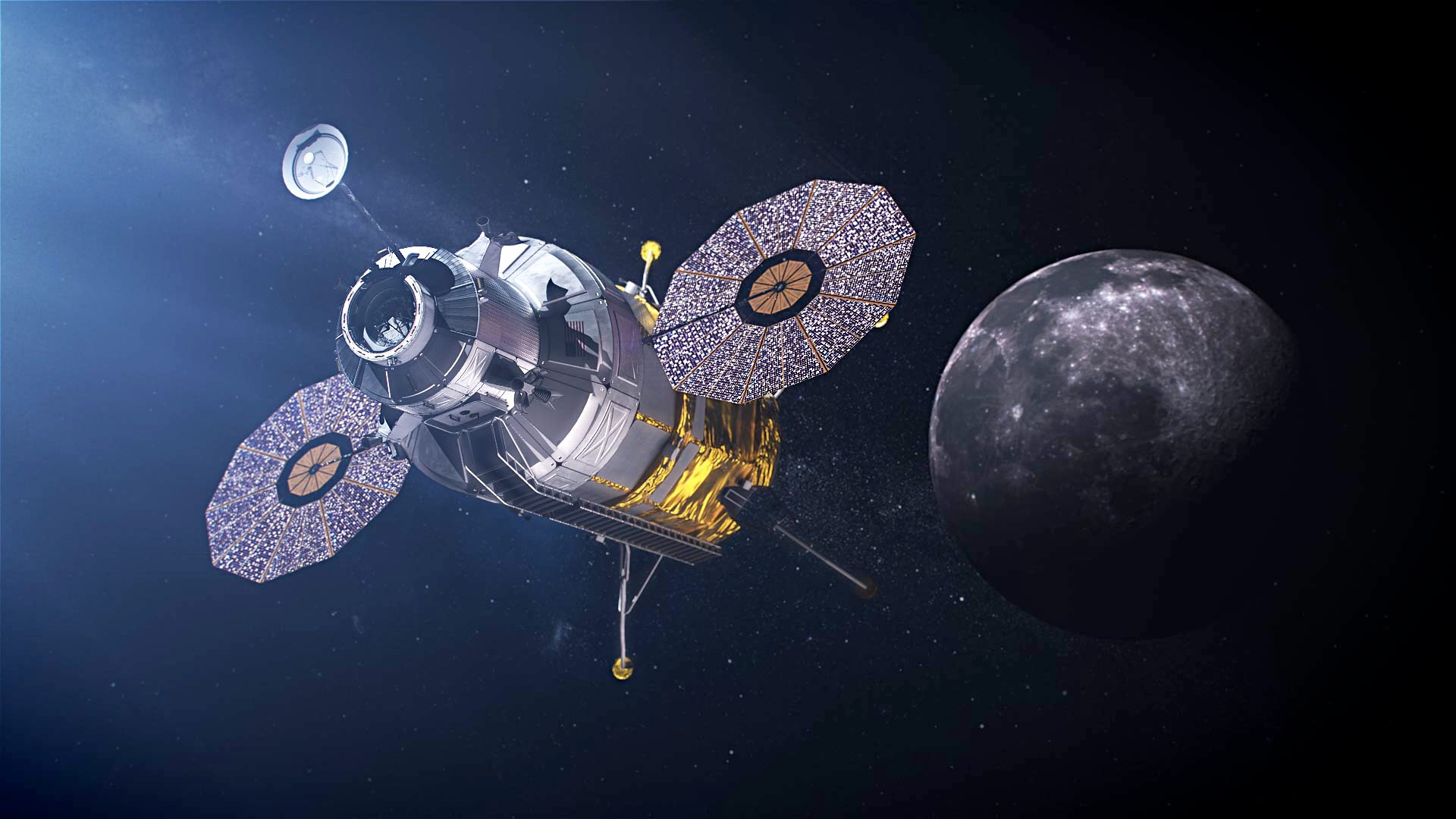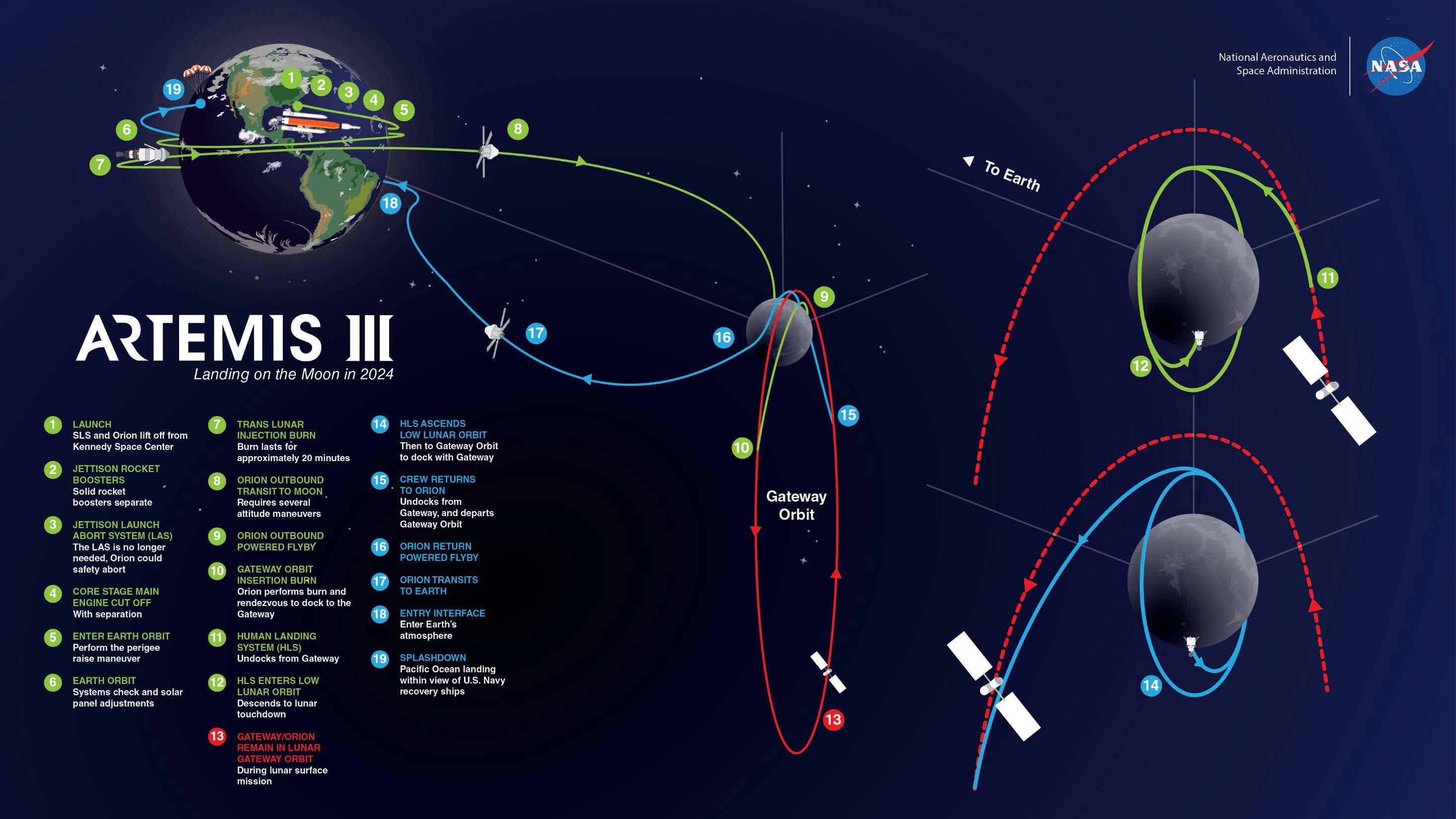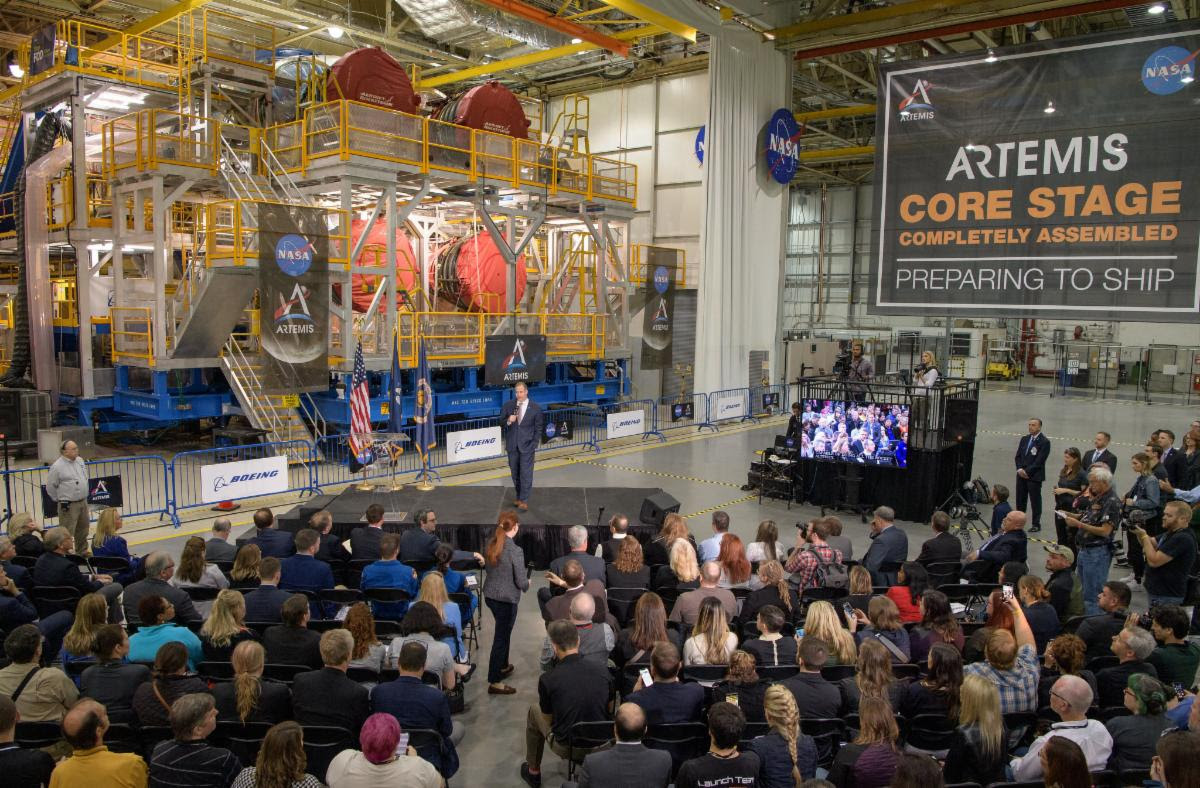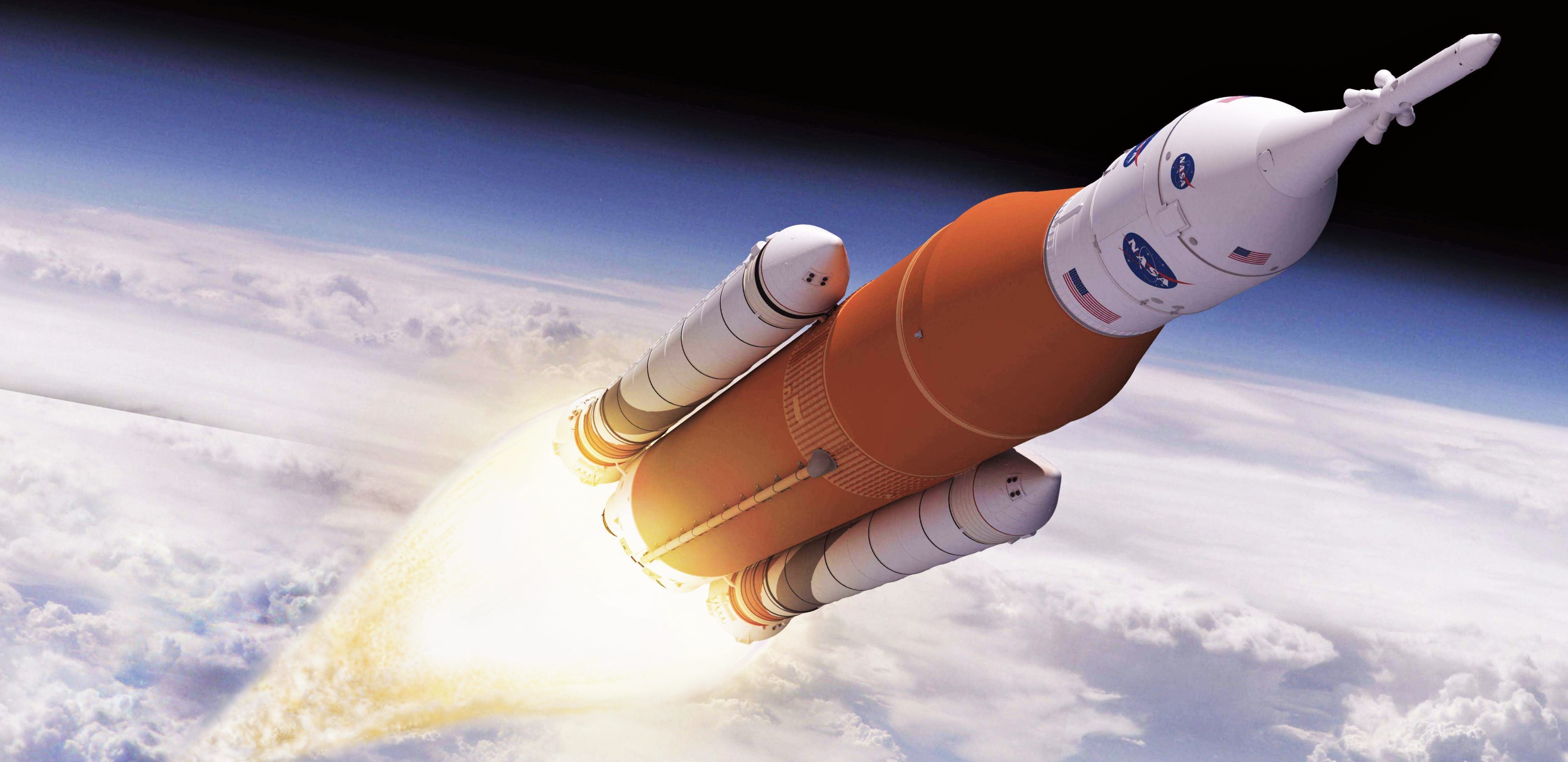

Goals of the Artemis program include landing diverse crews of astronauts on the moon and exploring the shadowy lunar south pole for the first time.
NASA ARTEMIS SOFTWARE
The Orion spacecraft has hardware and software that will allow future crews to have complete insight into what's happening with their vehicle when they are thousands of miles from home. It will be the farthest that any spacecraft built for humans has flown, according to NASA officials. This path mimics the journey that the Artemis II crew will take in 2024. During the journey, the Orion spacecraft will travel 40,000 miles (64,000 kilometers) beyond the moon - 30,000 miles (48,000 kilometers) farther than the record set during Apollo 13. When Artemis I launches, the uncrewed mission will test every new component that will make future deep space exploration possible before humans make the journey in 20 aboard Artemis II and Artemis III, respectively.Īfter the launch from Earth, Artemis I will go on a 42-day mission. "So the combination of not being able to get the engine #3 chill down and then the vent valve issue that they saw at the inner tank really caused us to pause today and we felt like a little more time," he noted. "When the team started working through that, they also saw an issue with the vent valve at the inner tank," he added. So we needed a little extra time to assess that," Sarafin explained. We need the engine to be at the cryogenically cool temperature such that when it starts, it’s not shocked with all the cold fuel that flows through it.

"We did encounter an issue chilling down engine #3. Three of the four engines were performing as expected, but engine #3 experienced an issue. Before the launch, super cold liquid hydrogen is cycled through the engine to get it ready it for launch. The launch was postponed this morning when the launch team discovered an issue with an engine bleed in engine #3. "We talked in our flight readiness review about the engine bleed, we knew that that was a risk heading into this launch campaign and it would be the first time demonstrating that successfully." "Once we got through the propellant loading on the rocket, both on core stage and the upper stage, they started the engine bleed," said Artemis mission manager Mike Sarafin. 2, which is still "in play," according to Sarafin, but engineers still need to troubleshoot the issue to determine if NASA can use that launch window. The next availability is this Friday, Sept. The next possible launch window is Friday: NASA had already determined more than one launch date for Artemis I before the launch was postponed Monday. What happens next: The launch team will "reconvene tomorrow" to discuss options, Sarafin told reporters Monday. Besides these issues, the weather conditions were also not favorable during the launch window - there was precipitation in the beginning and lightning later on, Sarafin explained.There was also an issue with the vent valve in at the inner tank, he added.




 0 kommentar(er)
0 kommentar(er)
